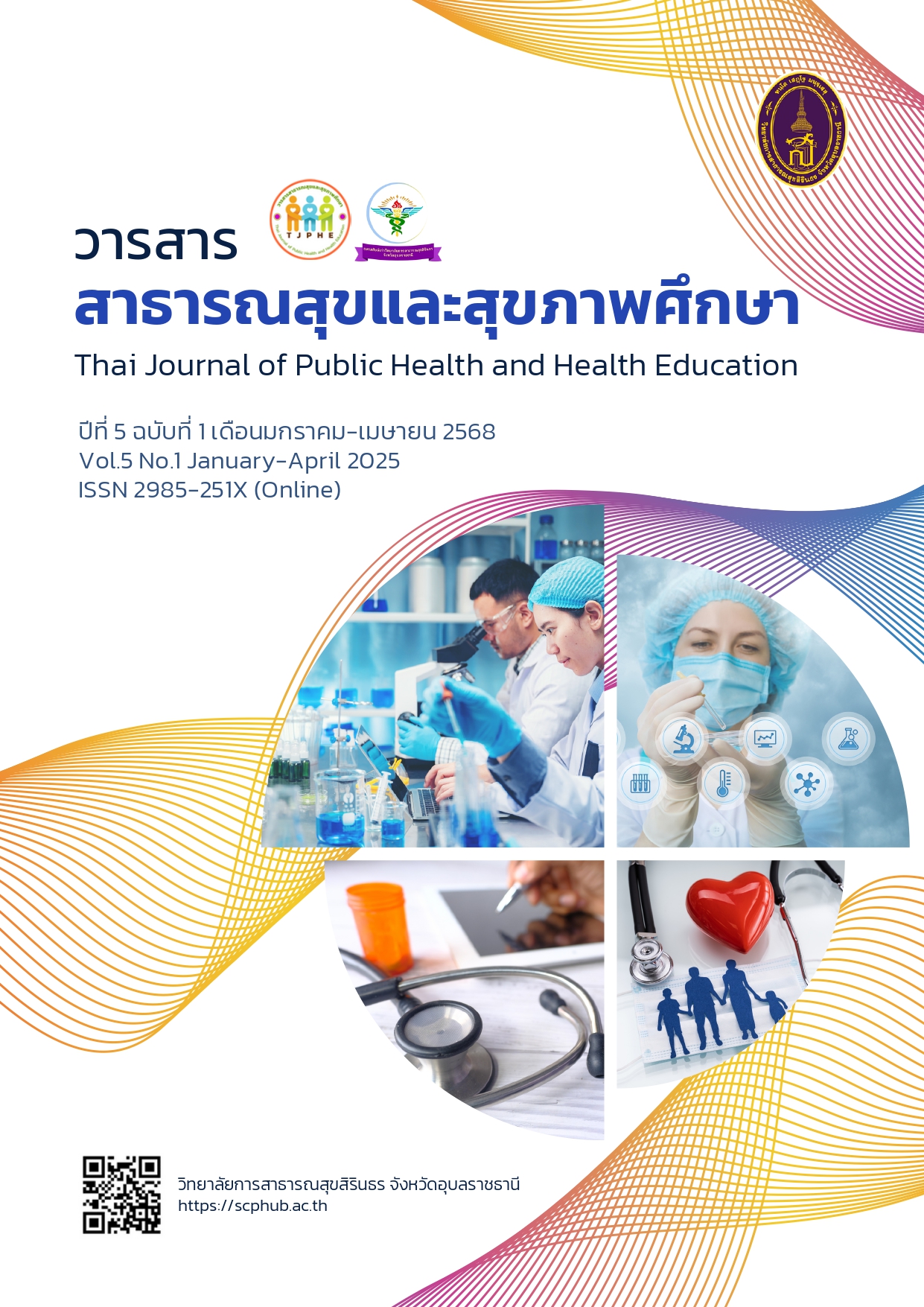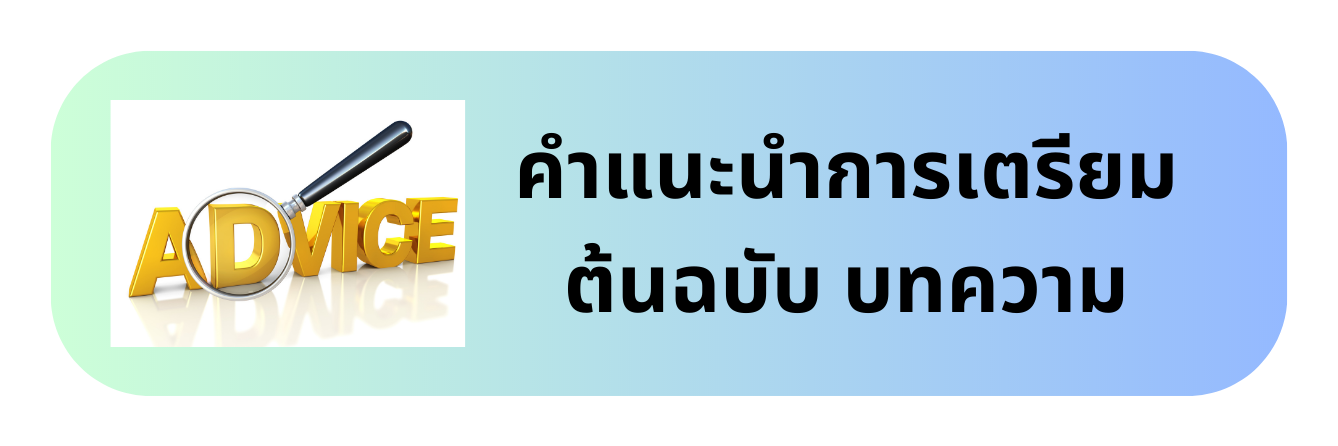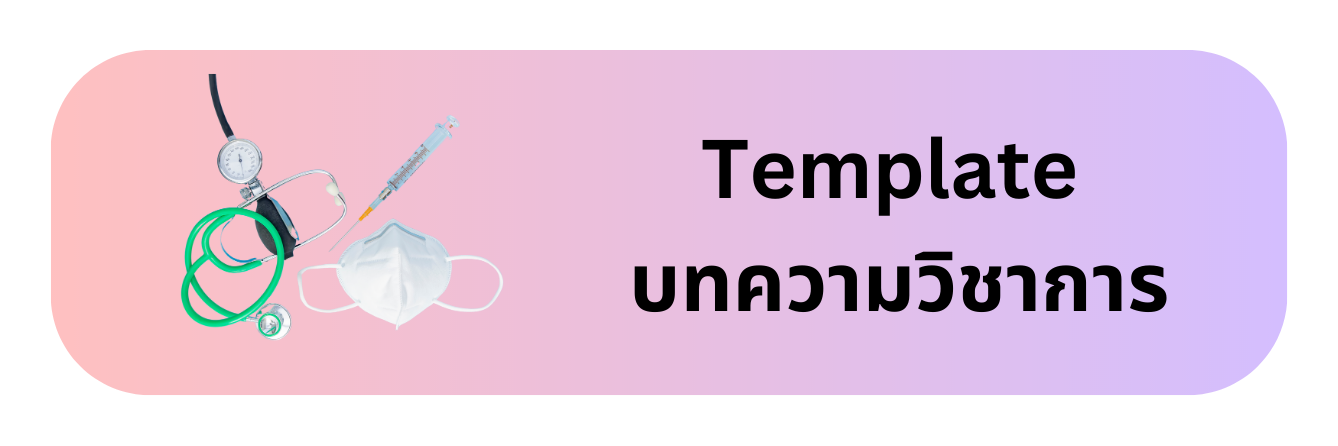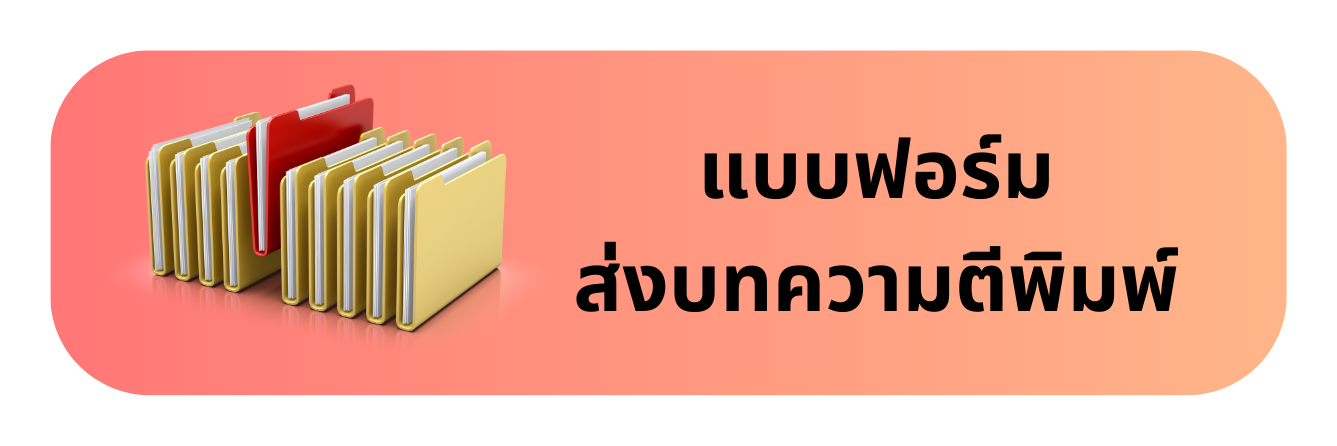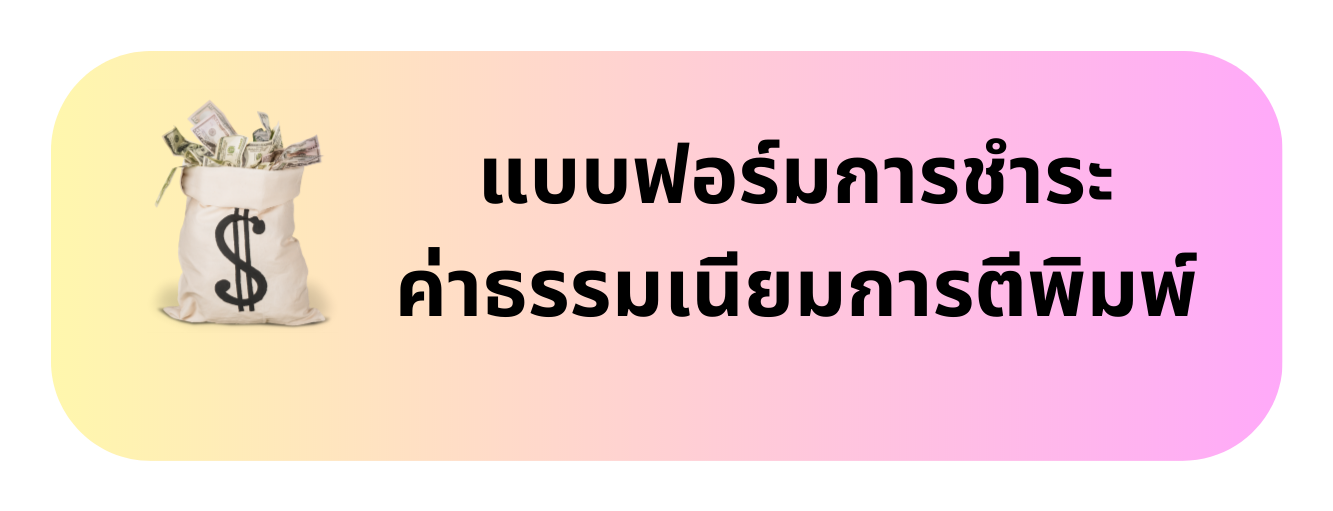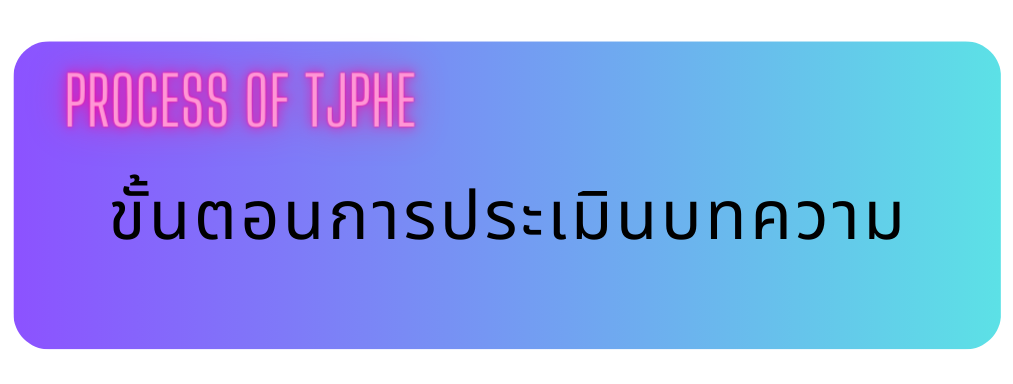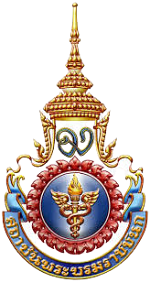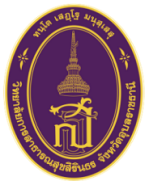Study of Stress Among Bachelor of Public Health Students, Dental Public Health Program, Sirindhorn College of Public Health, Ubon Ratchathani Province, During the COVID-19 Pandemic
Keywords:
perception, college environment, stress, students, coronavirus disease (COVID-19)Abstract
The cross-sectional study aimed to examine the relationship between environment, perception, and stress among students during the COVID-19 pandemic at Sirindhorn College of Public Health, Ubon Ratchathani Province. Data were collected from September 1-30, 2021. The sample were 160 students from the first year to the fourth year Bachelor of Public Health students in the Dental Public Health program. The research instruments were a questionnaire covering personal information, environment, perception, and stress. The content validity tool was verified by three experts with item-objective congruence that value items were 0.66 to 1. The Cronbach's alpha coefficients were 0.82, 0.97, and 0.89, respectively. Statistical analyses included frequency, percentage, mean, standard deviation, and simple logistic regression. Results found that most students were female (84.38%), with an average GPA of 3.07 (S.D.=0.40). The average monthly expenditure was 6,482 Thai bath (S.D.=4,964), most students (95.00% reported no underlying diseases, and 70.63%resided in private dormitories. Alcohol consumption and smoking rates were 41.88% and 1.88%, respectively. The perception of the college environment non-conducive was 51.25%. The COVID-19 awareness at the high level was 70.00% and reported low stress was 54.38%. There were no significant associations between the college environment (OR=1.15; 95% CI 0.61-2.14, p=.65) or perception of COVID-19 (OR=1.25; 95% CI=0.63-2.49, p=.50) and stress levels. Despite the lack of statistical significance, enhancing the college environment to support academic success and mental well-being.
Downloads
References
กรมควบคุมโรค. (2564). โรคติดเชื้อไวรัสโคโรนา 2019 (COVID-19). สืบค้นจาก https://ddc.moph.go.th.
กรมสุขภาพจิต. (2562). รายงานจำนวนการฆ่าตัวตายของประเทศไทย แยกตามช่วงอายุ. สืบค้นจากhttps://www.dmh.go.th.
กรมสุขภาพจิต. (2563). ความเครียดที่กระทบสุขภาพ. สืบค้นจาก https://www.dmh.go.th.
กรมสุขภาพจิต. (2564). โควิด-19 กับสุขภาพจิต. สืบค้นจาก https://www.dmh.go.th/covid19.
กฤชกันทร สุวรรณพันธ์, เสาวลักษณ์ ศรีดีาเกษ, ลำพึง วอนอก, สุพัฒน์ อาสนะ, วรรณศรี แววงาม, กุลธิดา กิ่งสวัสดิ์
และคณะ (2563). ปัจจัยที่มีความสัมพันธ์กับความเครียดต่อการระบาดของโรคติดเชื้อไวรัสโคโรนา 2019 (COVID-19) ของนักศึกษาคณะสาธารณสุขศาสตร์และสหเวชศาสตร์ สถาบันพระบรมราชชนก. วารสารวิจัยทางวิทยาศาสตร์สุขภาพ, 14(2), 138-147.
กาญจนา ลือมงคล. (2564). ความเครียดของนักเรียนมัธยมศึกษาที่มีการเรียนออนไลน์ในช่วงการระบาดของโรคโควิด-19 ในโรงเรียนแห่งหนึ่ง อำเภอเมือง จังหวัดชัยภูมิ. ชัยภูมิเวชสาร, 41(2), 11-20.
คีรีบูน จงวุฒิเวศร์, สมพร ร่วมสุข และวรรณภา แสงวัฒนะกุล. (2547). การจัดสภาพแวดล้อมที่เอื้อ ต่อการเรียนรู้และความพร้อมในการเรียนรู้ด้วยตนเองของนักศึกษาคณะศึกษาศาสตร์ มหาวิทยาลัยศิลปากร. นครปฐม: มหาวิทยาลัยศิลปากร.
ชฎาภา ประเสริฐทรง, จรินวรรณ แสงหิรัญรัตนา และพรชนา กลัดแก้ว. (2564). ปัจจัยที่มีความสัมพันธ์กับความเครียดในการเรียนออนไลน์จากสถานการณ์โควิด-19 ของนักศึกษาพยาบาล. วารสารสถาบันจิตเวชศาสตร์สมเด็จเจ้าพระยา, 15(1), 14-28.
มัณฑนรัตน์ ทรงเกียรติศักดิ์, สุธัญญารัตน์ ประชานันท์, อรุณโรจน์ นุเสน และสุนันทา ชัยงาม. (2565). ความวิตกกังวลในการมารับบริการทางทันตกรรมในสถานการณ์การแพร่ระบาดของเชื้อโคโรนาไวรัส 2019 ของผู้ที่มารับบริการในโรงพยาบาลบ้านผือ จังหวัดอุดรธานี. วารสารทันตาภิบาล, 33(1), 86-98.
วิทยาลัยการสาธารณสุขสิรินธร จังหวัดอุบลราชธานี. (2563). สรุปข้อมูลงานประกันคุณภาพการศึกษา ภาควิชาทันตสาธารณสุข. อุบลราชธานี: วิทยาลัยการสาธารณสุขสิรินธร จังหวัดอุบลราชธานี.
วิทยาลัยการสาธารณสุขสิรินธร จังหวัดอุบลราชธานี. (2564). สรุปข้อมูลกลุ่มงานวิชาการและประกันคุณภาพการศึกษา
ปงบประมาณ 2564. อุบลราชธานี: วิทยาลัยการสาธารณสุขสิรินธร จังหวัดอุบลราชธานี.
สุชีรา ภัทรายุตวรรตน์, เธียรชัย งามทิพย์วัฒนา และกนกรัตน์ สุขะตุงคะ. (2543). การพัฒนาแบบวัดความเครียดในคนไทย. วารสารสมาคมจิตแพทย์แห่งประเทศไทย, 45(3), 237-250.
สุวัฒน์ มหัตนิรันดร์กุล วนิดา พุ่มไพศาลชัย และพิมพ์มาศ ตาปัญญา. (2540). การสร้างแบบวัดความเครียดสวนปรุง. รายงานวิจัยฉบับบสมบูรณ์. เชียงใหม่: โรงพยาบาลสวนปรุง.
อรวรรณ ศิลปะกิจ. (2551). แบบวัดความเครียดฉบับศรีธัญญา. วารสารสุขภาพจิตแห่งประเทศไทย, 16(1), 177-185.
Cronbach, L. J. (1990). Essentials of Psychological Testing (5th ed.). New York: Harper Collins Publishers.
HengLi, H., Liu, S.-M., Yu, X.-H., Tang, S.-L., & Tang, C.-K. (2020). Coronavirus disease 2019 (COVID-19): Current status and future perspectives. Retrieved from https://reader.elsevier.com.
Kasl, S. V., & Cobb, S. (1966). Health behavior, illness behavior and sick role behavior. Archives of Environmental Health, 12, 246-266.
Singhal T. (2020). A Review of Coronavirus Disease-2019 (COVID-19). Indian journal of pediatrics, 87(4), 281-286. https://doi.org/10.1007/s12098-020-03263-6.
World Health Organization. (2020). Global surveillance for human infection with novel coronavirus (2019-nCoV). Retrieved from https://apps.who.int/iris/bitstream/10665/336097/WHO-2019-nCoV.
World Health Organization. (2021). COVID-19-WHO situation reports. Retrieved from https://cdn.who.int/media/docs/default-source/searo/thailand-covid19.
Zieky, M. J. (1989). Methods of setting standards of performance on criterion-referenced tests. Studies in Educational Evaluation, 15(4), 335–338.
Downloads
Published
How to Cite
Issue
Section
License
Copyright (c) 2025 Sirindhorn College of Public Health Ubon Ratchathani Province

This work is licensed under a Creative Commons Attribution-NonCommercial-NoDerivatives 4.0 International License.
บทความที่ได้รับการตีพิมพ์ในวารสาร วารสารสาธารณสุขและสุขภาพศึกษา (Thai Journal of Public Health and Health Education) เป็นลิขสิทธิ์ของ วิทยาลัยการสาธารณสุขสิรินธร จังหวัดอุบลราชธานี

